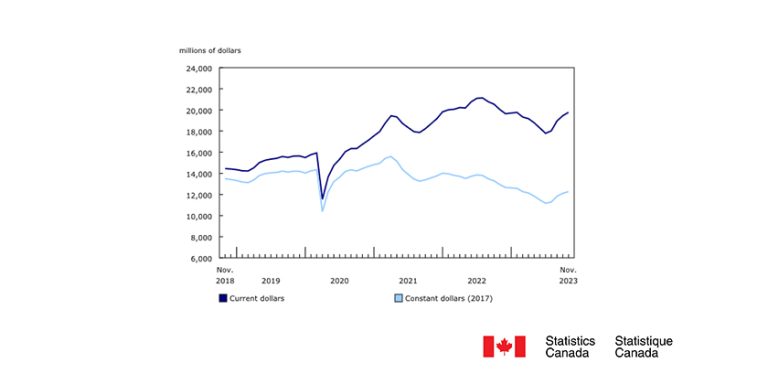Goal Setting for Teams That Work Remotely

Feb 7, 2021
By Michelle Branigan
No matter what kind of work situation we’re in these days, whether it’s working from home, the field, the office, or a mix of all three, one thing has not changed: teamwork and collaboration are as important as ever. Teams that communicate well will see better business results, be that through increased efficiencies, innovations or productivity. What’s more: teamwork done right makes everyone feel that their contributions are valued.
Of course, communicating with colleagues where the face-to-face element is mostly missing can present some unique challenges. For example, when meeting over a video call, we lose many of the body language cues we usually rely on for contextual information. As a result, it’s even more important to communicate expectations clearly and specifically to ensure that everyone understands exactly how they fit in to the plan, and their own role in moving that plan to completion. I’m sure many of us have at some stage in our career walked away from a meeting only to realize weeks later that everyone in the team had a different understanding of “who was doing what.” That leads to frustration within the team, sometimes resentment and, even more critically, project delays.
If you’re thinking about goals and long-term planning for the year, consider these tips for energizing your team and building effective collaboration:
1. Maximize skillsets to achieve goals: A great team is made up of different perspectives and areas of expertise. Effective goals make use of each team member’s strengths while balancing organizational objectives. Take time to consider how each member works best and incorporate their working styles into the planning process.
2. Provide team members with the opportunity to provide input (it is especially important again to understand team dynamics and ensure that all the team gets heard). Facilitate buy-in by encouraging team members to design goals that complement the larger team strategy. When team members collaborate to design their own involvement, they may feel especially invested in making those goals come to life.
3. Make clear what’s critical and what’s important: When a team is scattered among remote workplaces, each member may experience their priorities differently. When setting goals as a group, highlight the end goals in contrast to the immediate needs and make sure that everyone understands how this relates to their own projects or responsibilities.
Planning and goal-setting exercises can build team coherence and even inspire motivation among colleagues if the goals are set in a way that builds on the strength of the team. By communicating clearly about each individual’s role and expectations early in the planning process, leaders can avoid conflict and confusion later on. With many of us working separately from our usual collaborators, we may be losing the spontaneous collaborative style we once had. As a result, making an effort to practice clear and open communication in whatever digital channels we have can help to ensure that team members feel heard, valued, and included in all parts of the process.
There also a role for what I call good old-fashioned communications. Picking up the phone to have a quick chat with a colleague can sometimes provide clarification while minimizing the need for a back-and-forth email exchange that becomes frustrating for both parties. It also allows team members to get to know each other better, build stronger relationships, and ultimately become more comfortable sharing ideas (or even disagreeing with them — a healthy debate is always a positive way to build a better product or service). No matter the channel, team communications are too important to be an afterthought, and ensuring that the right tools are in place for collaboration will help your team meet their objectives.
Michelle Branigan is CEO, Electricity Human Resources Canada.
















